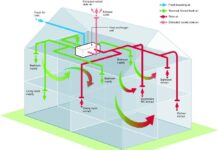
Access control is a mature yet still evolving technology, and a purchaser can enter at many price points and feature sets. Technologies that are popularly used in office settings can be divided into three categories: keypad, keycard/credential, and biometric.
Keypad-based
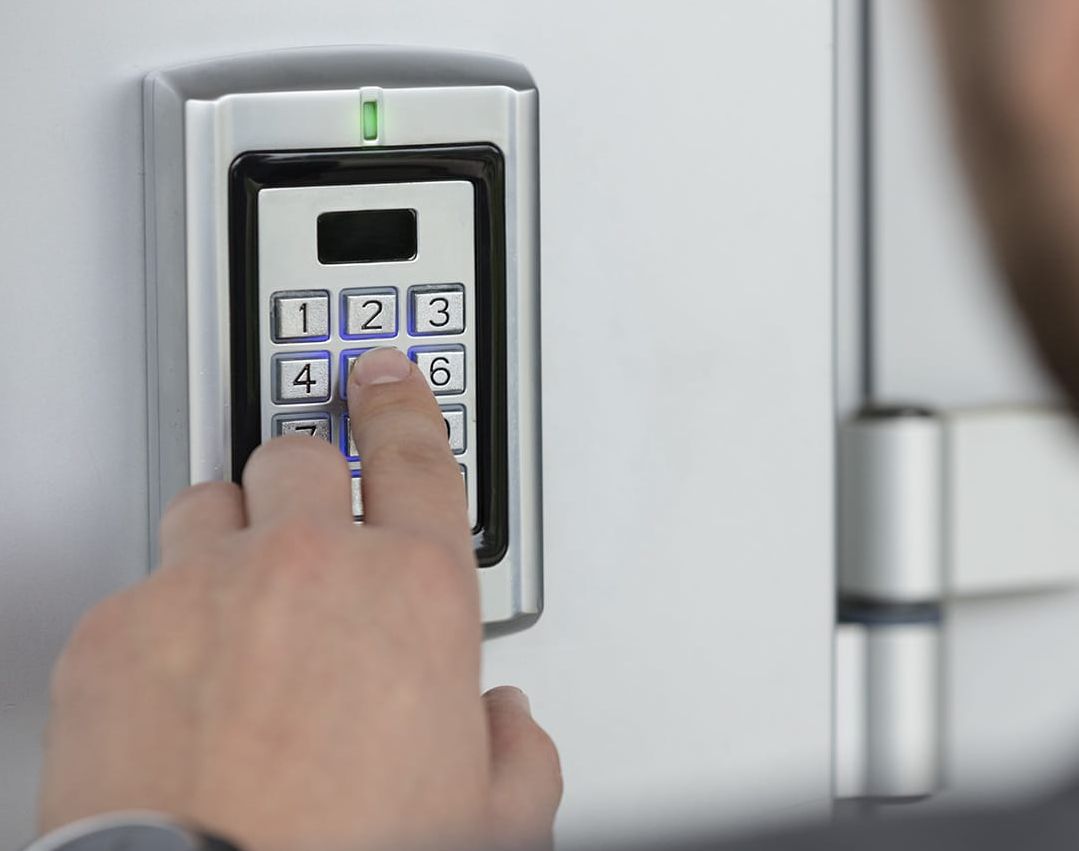
Among the most basic options, keypad systems require users to remember a code rather than carry a card, token, or other physical device. Entering the code causes the lock to be released. The most basic systems are standalone mechanical locks that can’t be audited and do not integrate with other security systems or even other access controls. Typical uses of these types of mechanical locks are for restrooms, low-security storage areas, and other locations meant to ward off casual passersby.
Electronic keypads are more sophisticated, since they can be integrated with other access control systems or serve as standalone or backup systems. They are frequently used to track time and attendance.
This credential-free approach offered by keypads eliminates the burden of printing new cards, dispensing loaner cards, deactivating lost or stolen cards, and so on. While they are low cost and low maintenance, keypad systems are basic and insecure.
Once you know the code, you can access the location until the code is changed. It’s virtually impossible to limit knowledge of the code or even identify who knows it. Adversaries or bystanders can shoulder-surf pass-codes, and the organization can’t effectively restrict access to specific areas to only certain people with the need to be there.
Keycard-based
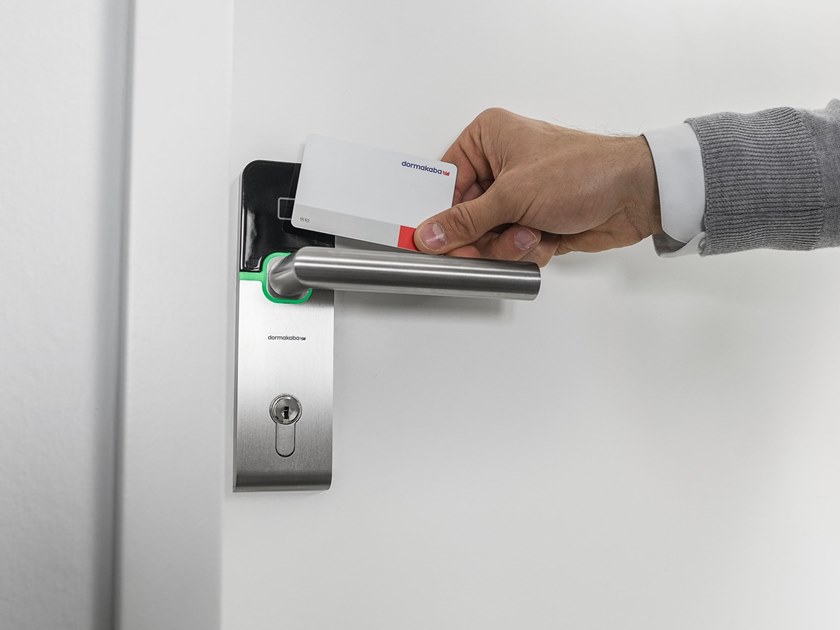
Systems that read keycards, keyfobs, or even cell phones are the most popular type of electronic access control. Multiple technologies are available, including barcode, magnetic stripe, Wiegand, proximity, and smart cards.
Barcode technology is cheap, but it is also simple to copy and defeat, rendering it viable for only low security applications. Somewhat more secure is magnetic stripe cards, which resemble credit cards and encode data on a strip. It’s a mid-level solution; magstripe-copying technology is not hard to obtain.
Wiegand Is a step up. Wiegand technology has been around for decades and is robust and secure, but is being displaced by RFID. Originally, Wiegand cards embedded magnetic wires that store a substantial amount of information. Contact was required between card and reader. Nowadays, few cards still embed wires, but many systems still use a Wiegand interface between card and reader.
Proximity cards are the next step in the evolution, They use low-frequency RFID technology, meaning that a computer chip within the card can communicate with a reader at a close distance and indicate that it holds the credentials to unlock the door. All communication is from card to reader. Proximity cards are among the most frequently used credential-based systems.
More advanced still are smart cards. Smart cards use high-frequency RFID technology, in which the card chip and reader communicate back and forth with each other in an encrypted fashion, making this technology difficult to spoof or copy. Among other features, smart cards also hold value, which is why they are often used as payment vehicles at corporate commissaries and vending machines.
Finally, use of smartphones as an access credential is growing in popularity, because most people don’t forget to carry their phones with them, and there is no need to print badges. Smartphones often use Bluetooth to communicate with readers, so readers must be Bluetooth compatible. Alternative smartphone connectivity methods may include wifi and high-frequency RFID.
Biometrics
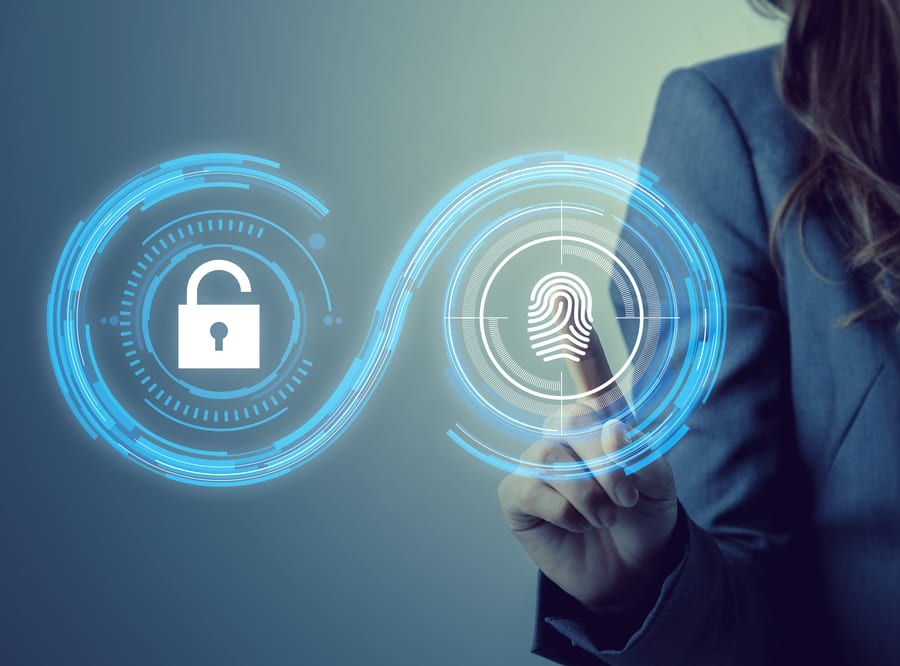
Biometric devices have also been around for decades, but because of high cost, they were confined to government, high-security, or niche applications. They work by capturing a physical trait and converting it into data, storing it electronically, then matching it to the person trying to gain access. The main types of biometrics for access control are fingerprints, hand geometry, iris and (less so) retinal scans, and face recognition. Other technologies, such as voiceprint, exist, but they are not widely used.
Fingerprint technology has been the gold standard for years due to accuracy and reasonable cost, but that might change in a Coronavirus world where touchless rules. Touchless versions of fingerprint technology are now on the market. U.S. Customs uses fingerprint technology—requiring users to touch a screen—in its Global Entry program.
Hand geometry technology reads the shape of a person’s hand. It is relatively secure, but thought not to be secure as many other characteristics that are said to have unique patterns, such as fingerprints and irises. Palm vein biometrics read the patterns of blood flowing through a person’s hand. Both hand geometry and palm vein systems are available in contactless and non-contactless versions.
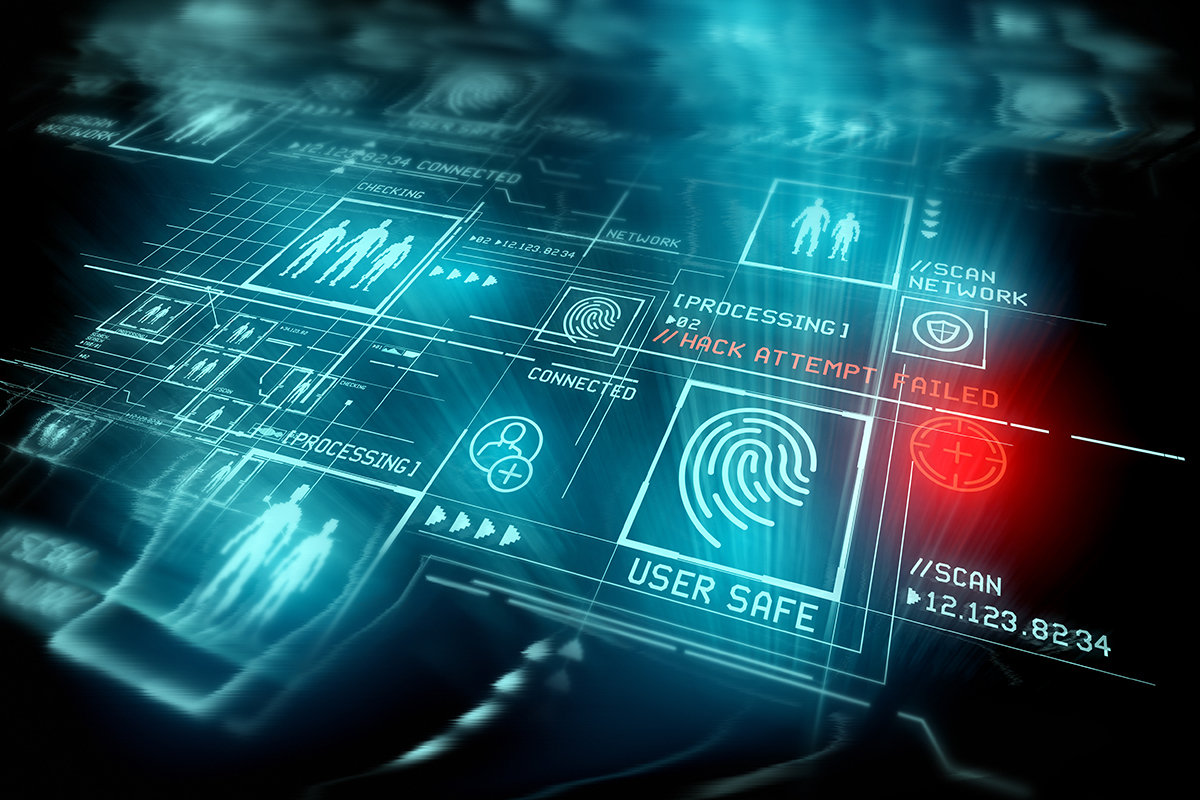
Iris and retinal scanning focus on unique eye patterns. Iris scanners use cameras to capture the unique pattern of the iris, which sits on the front side of the eyeball and controls the amount of light that reaches the retina. It’s used in passport and national identity applications. Retina scanning, by contract, requires looking through an eyepiece and having an infrared beam transmitted to the rear of a person’s eye to identify the pattern of blood vessels in the retina. Both are reliable, but iris technology is far more widespread because it is less intrusive.
Face recognition is perhaps the most passive among the biometric approaches. In a typical case, a user simply presents his or her face to a camera, which compares facial features that have been converted into an algorithm against that person’s faceprint, then releases the lock. While available for years, this technology had long suffered from low accuracy and high prices.
However, it has improved radically, and systems such as Swiftlane now offer a low-cost, high-accuracy, non-intrusive, and touchless system that can no longer be defeated by photographs or fooled by different head angles. But as with any technology, potential weaknesses exist. For one, some staff may have privacy concerns about how the organization uses staff images. Second, the system might be stymied by people wearing face coverings, such as medical masks and burqas, as well as people who grow or shave facial hair, put on glasses, and so on.
A rich array of electronic access control technologies—continually improving in accuracy and reliability and coming down in price—is available to serve a wide range of applications and needs. For organizations without security staffs, a qualified security consultant can provide valuable advice on the best fit for your office.


